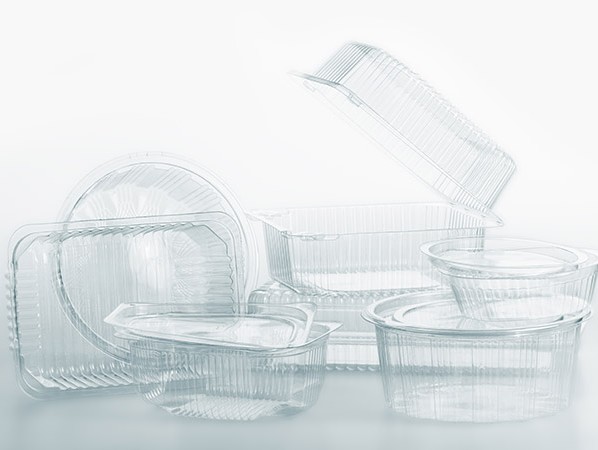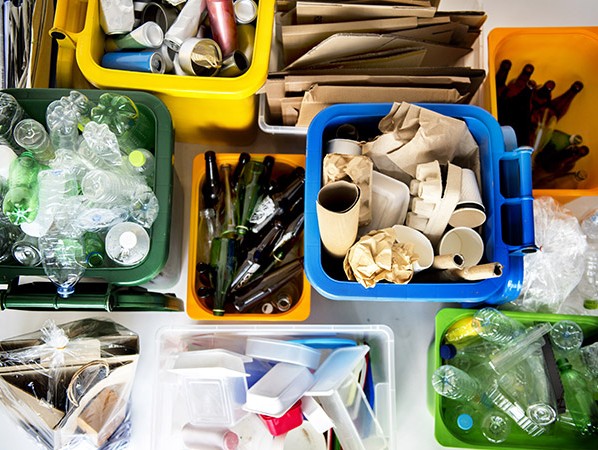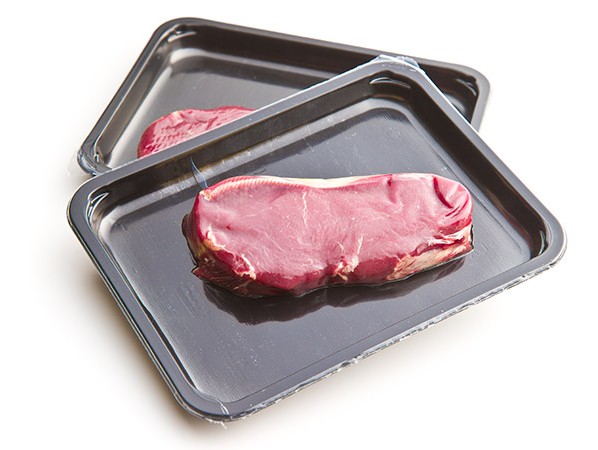
The consumer buys more convenience, wants improved and more product information and wants less plastic packaging. The impact of these developments on the packaging industry is considerable and will increase rapidly in the future. What does this mean for the food sector?
Consumers determine trends in packaging, to a significant extent. The need for transparency is growing: they want to know the origin and composition of the product (for health or medical reasons, or just out of curiosity) and where it comes from. As such, the consumer attaches more and more value to reliable suppliers. Trade magazine, Food industry, asked four parties with knowledge of the food branch about trends and developments in packing and packaging, and what the consequences are for the food industry.
Retail specialist Gerrit Grievink, director of Focusplaza: "Consumers want manufacturers to tell the story behind products. They look for authenticity and added value. In addition, sustainability is an important theme, including attention for CO2 reduction". Jan Zwaan, director of Espera-Nederland, weighing and labelling specialist for pre-packaged food, adds: "The packaging is an important communication medium, more and more information has to be put on it". The company is approaching the industry with their latest software package, which ensures that all required information is indeed included on the packaging. A possible solution for the transfer of even more information is the QR code. "We see that this is clearly on the rise,", continues Jan Zwaan. "The consumer scans the code and usually arrives on a static website. Espera responds with a dynamic variant. The relevant information is tailor-made, per packaged product. In Germany there is already a broad commitment, but the Netherlands is still lagging behind. My advice to the sector is to show the consumer this information. In the long run it improves the product image.” Moreover, perhaps, due to possibilities for payment via the QR code, this form of information can be given a significant boost (source: ABN AMRO).
Gerrit Grievink refers to the online sale of foodstuffs as a disruptive trend. "It will increase rapidly in the coming years. Dick Kuperus, Sales Manager of Global Flexibles, agrees: "The increase in online food sales, particularly convenience products such as the fast-growing ready-to-eat meals segment, affects the packaging industry on all fronts. It also means a growth in the sales of packaging materials".
Gerrit Grievink: "Do not underestimate the expected impact of Amazon on Dutch food sales! This is really a big challenge for the packaging industry. Because how does the 'bottle' of wine go through the mailbox and how do you deliver that bunch of flowers fresh to the consumer? Smart labels are also needed to track products in the chain (tracking and tracing). Coolblue uses packaging to enhance the delivery moment, thereby increasing customer loyalty".

Mart de Koning, Head of Sales at Multivac, manufacturer of packaging machines among other things, sees a new type of customer emerging as a result of the trend in online food sales: "This works together with smaller suppliers who produce ever-larger volumes. They ask for compact packaging machines that can switch quickly between various small production numbers". According to Mart, the increase in demand comes from both the retail trade, the catering sector and the online food channels. "We also see that large manufacturers place small packaging machines next to their existing machines", he continues. "We have responded to this by more than doubling our range of packaging machines in ten years, up to 50 different types. The demand for automated solutions is also increasing, but that is the result of an increased shortage of production staff."
Jan Zwaan (Espera) sees that health also plays a role: "In the Netherlands we are at the forefront with the supply of meat substitute products. This also increases the range of products in many different variants. The production volumes per product therefore decrease. As a solution for this increased diversity, we offer weighing and labelling machines that are linked to ERP systems and that automatically switch over to the next product".
For the retailer, packaging is increasingly part of the product concept. The packaging can add emotional value, which increases sales. Experience plays a crucial role. The trendy and recyclable coffee cups from Starbucks have even become gadgets. Gerrit Grievink: "Research shows that distinctive packaging reduces price awareness among consumers. The retailer can therefore request a higher price". He finds Marks & Spencer a good example. The packaging determines the profit margin on the product. "Look at what functional value packaging has for the retailer. Unburdening the consumer is their priority. A product must be safe and convenient. The retailer also has a lot of interest in reducing their largest cost, employees. They are constantly thinking about making the process more efficient with less handling involved", explains Gerrit Grievink.
According to the European packaging covenant, the Netherlands has set itself the goal of restricting the use of packaging material and encouraging re-use. Recent research also shows that 66% of Dutch people want less plastic in packaging (IRI European Shopper Study). Mart de Koning: "Our customers are very busy with reducing packaging material. In addition, we can see an increase in mono-materials such as APET, instead of two different, difficult to separate materials. Mono-materials simplify re-use. We also see that plastic is increasingly being replaced by cardboard". According to him, a major challenge lies ahead in improving the information put forth to the consumer: "It is very important that the user understands the new packaging when it comes to recycling. What should be placed in which waste stream? Biodegradable packaging for meat can not end up in the plastic waste bin. And when can you reuse a package?".

The need for the business community and consumers to reduce the amount of plastic we consume, is starting to pay off: in the fruit and vegetable sector we see plastic trays with a thin topseal foil on the top instead of a hard plastic lid. Packaging is also thinner due to the application of relief in the sides and the bottom, like with plastic bottles. This feels the same, but leads to about 35% less plastic use. Production organisation ProMessa, an innovative central butchery in Deventer, was the first in the sector to start packing organic meat in certified compostable packaging in 2017, based on renewable, raw vegetable-based materials. That increases the cost price which is why the sector is still on the fence. In Germany Lidl offers steaks on a cardboard substrate with a thin mono material on the top of the packaging. It will not be long before these packages are also in Dutch stores. "Our machines have already been adapted to these developments", says Mart de Koning. "For example, the material APET requires a lot of changes in the technology for processing it. We also take CO2 reduction into account when developing our machines. We build machines that work with electric drive instead of pneumatics."
Jan Zwaan predicts that the emerging skin-tight packaging will reduce plastic use, especially when packing meat. "It is, as the name suggests, a kind of skin that is tightly wrapped around a fresh product and sealed airtight. Here, adjusting the production process is a big challenge. Production volumes decrease, while costs increase. A sleeve or a customised label is necessary. Generally, the manufacturer has to invest heavily in a new machine. By adding only a module with extra functionalities to the delivered machine, the producer can control the costs."
Mart de Koning: "An additional advantage of skin-tight packaging is that they give a nice look to meat and fish. You also extend the shelf life with it. We now work with stretchable foils".
When we talk about packaging, it involves more than just reducing it. The attention for correct labelling is increasing, partly due to stricter European regulations. Human errors at the factory can have major consequences, including recalls and damage to reputation. Reducing the risk of error is given priority in many factories. "By linking data to ERP systems, the risk of error decreases", says Jan Zwaan. "We have developed special software packages for this. We also offer additional vision systems that check whether the correct information has been included on the label."
Gerrit Grievink has urgent advice for the food and packaging industry: "Respond to the needs of retailers, also in the field of CSR goals. Their promises and environmental requirements are in the annual financial and social reports. All parties must work together. This gives the packaging sector more insight into the role they play in the entire chain". He concludes: "The packaging problem is crying out for a chain-wide approach."
Source: © Vakblad Voedingsindustrie